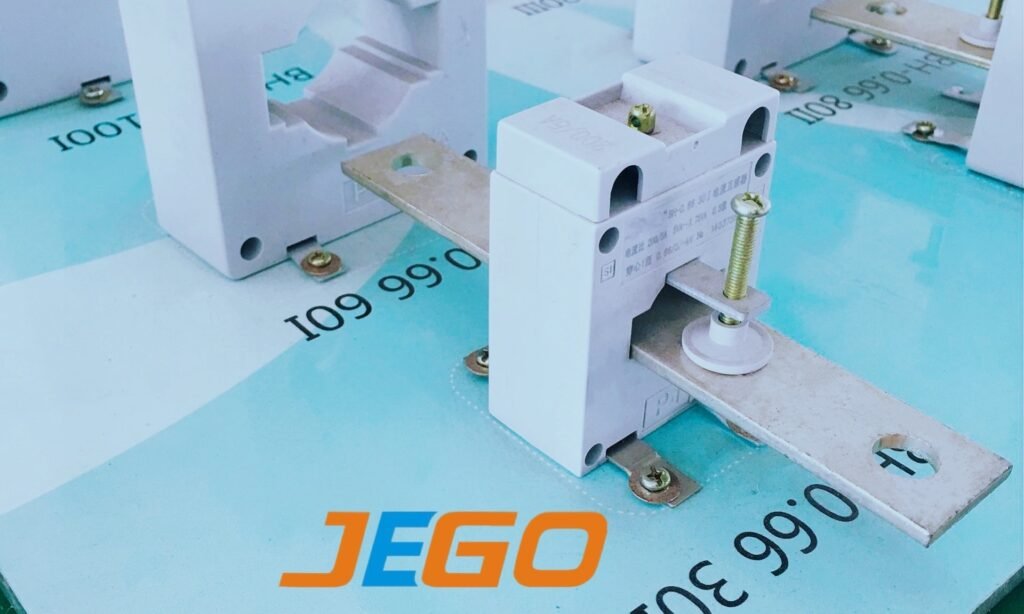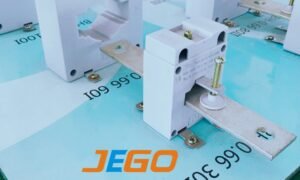Introduction: What is a Low Voltage Current Transformer?
A current transformer (CT) is an essential component used in electrical systems to measure high currents by stepping them down to a safer, manageable level. Low-voltage current transformers are specifically designed for electrical systems operating below 1,000 volts, commonly found in distribution panels, commercial buildings, and industrial facilities.
These transformers ensure accurate current measurement and system protection, allowing for overload detection, energy monitoring, and equipment safety. This guide will explore the various types of low-voltage CTs and their applications, helping buyers and engineers make informed decisions when selecting the right CT for their systems.
Types of Low Voltage Current Transformers
Wound-Type Current Transformer
- Construction: The wound-type CT features a primary winding that is physically wrapped around the core along with the secondary winding. The primary winding is connected directly to the circuit carrying the current to be measured.
- Advantages:
- High accuracy for low-current measurements.
- Sensitive to small currents, making it ideal for precision applications.
- Suitable for metering and protective relays in low-power environments.
- Disadvantages:
- More complex and costly compared to other CTs.
- Requires physical integration into the circuit, increasing installation time.
- Applications:
- Energy meters and protection relays.
- Precision measurement in electrical panels.
- Laboratory and testing environments.
Bar-Type Current Transformer
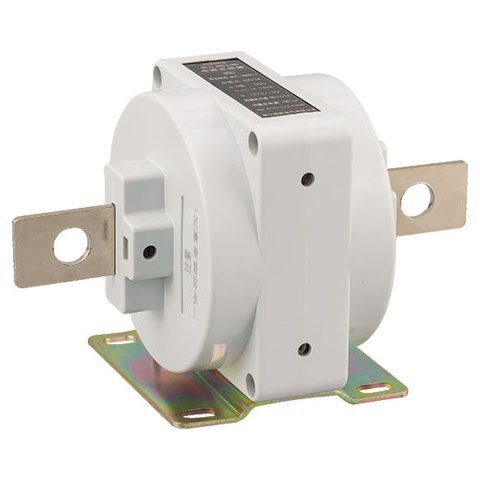
- Construction: Bar-type CTs have a fixed primary bar (or busbar) integrated into the transformer body. This design allows direct attachment to high-voltage conductors or switchgear, ensuring maximum durability and performance in demanding environments.
- Advantages:
- Highly accurate even under heavy load conditions.
- Robust and durable, capable of withstanding harsh environmental conditions.
- Ideal for permanent installations requiring long-term performance.
- Compact design, directly integrates into switchgear or distribution panels.
- Disadvantages:
- Not suitable for small current measurements.
- The fixed primary bar design limits flexibility for modifications.
- Difficult to replace or upgrade without dismantling the system.
- Applications:
- High-voltage systems and power grid protection.
- Switchgear panels and transformer yards.
- Large-scale industrial applications that require precise current monitoring.
Window-Type Current Transformer (Toroidal CT)
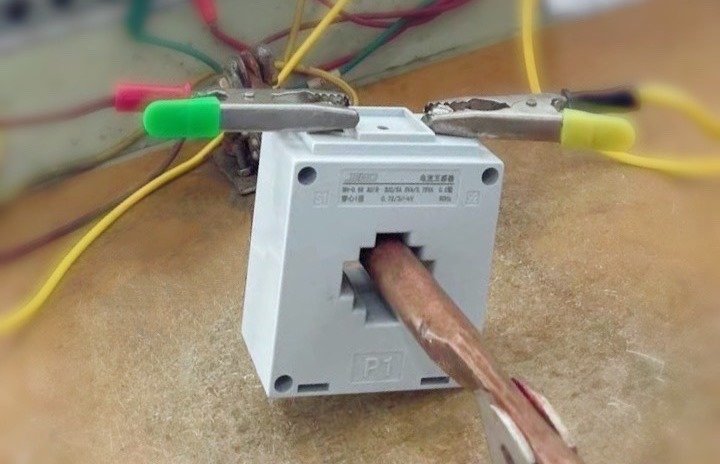
- Construction: The window-type CT features a hollow core through which the primary conductor (busbar or cable) passes. The secondary winding is wrapped around the core to measure the magnetic flux generated by the primary current.
- Advantages:
- Easy installation by passing conductors directly through the window.
- Versatile—can handle a wide range of conductor sizes.
- Cost-effective and widely used in low-voltage applications.
- Allows for multiple conductors to pass through for higher measurement ranges.
- Disadvantages:
- Accuracy can decrease at very low currents.
- To increase accuracy, conductors may need to loop multiple times through the window.
- Applications:
- Distribution panels and circuit breakers.
- Building energy management systems.
- Power monitoring in commercial and industrial facilities.
- HVAC and motor control systems.
Split-Core Current Transformer (Clamp-On CT)
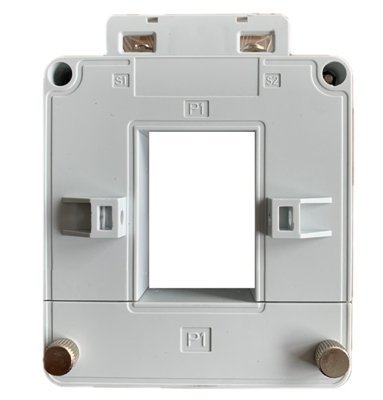
- Construction: The split-core CT can be opened and clamped around an existing conductor, allowing for installation without disconnecting the electrical circuit.
- Advantages:
- Non-intrusive installation—ideal for retrofitting and upgrading systems.
- Quick and easy to install on live systems without interrupting operations.
- Flexible and portable, suitable for temporary monitoring.
- Disadvantages:
- Lower accuracy compared to solid-core designs.
- The open/close mechanism may degrade over time, impacting performance.
- Applications:
- Electrical panel retrofits and system upgrades.
- Maintenance and temporary load analysis.
- Energy audits and portable measuring devices.
Miniature Current Transformer
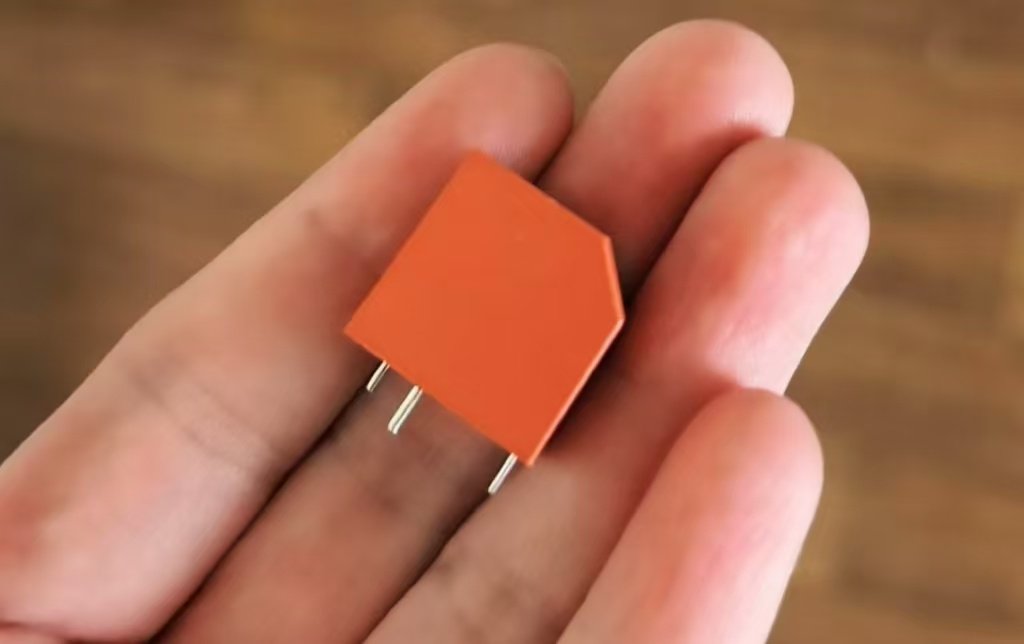
- Construction: Miniature CTs are small and compact, often designed to fit directly onto printed circuit boards (PCBs) or within enclosed devices.
- Advantages:
- Space-saving design, ideal for embedded systems.
- Provides precise current measurements for low-current applications.
- Suitable for integration into smart devices and metering equipment.
- Disadvantages:
- Limited to small current measurements (typically below 50A).
- Requires careful design and integration into electrical circuits.
- Applications:
- Smart meters and energy monitoring devices.
- UPS systems and power supplies.
- IoT-enabled energy monitoring.
Key Considerations for Selecting Low Voltage Current Transformers
- Current Rating: Choose a CT with a primary current rating that exceeds the system’s operating current. Common ratings include 100A, 200A, 500A, and 1000A.
- Accuracy Class: For billing and metering, select Class 0.5 or Class 0.2 CTs. For general monitoring, Class 1 or Class 3 may suffice.
- Secondary Current: Typically, CTs provide a secondary current of 5A or 1A. Ensure compatibility with the measuring equipment.
- Installation Type:
- For busbars, use bar-type CTs.
- For cables, window or split-core CTs are more practical.
- For compact spaces, miniature or toroidal CTs are ideal.
Common Applications of Low Voltage Current Transformers
- Distribution Panels and Switchgear – Provides real-time current monitoring and protection.
- Industrial Automation – Ensures safe operation of motors and heavy machinery.
- Commercial Buildings – Energy management and load distribution.
- EV Charging Stations – Monitors energy consumption in smart grids.
Conclusion
Low-voltage current transformers are crucial for accurate current measurement and system protection. Whether for industrial, commercial, or residential applications, selecting the right CT—be it bar-type, wound-type, or window-type—ensures reliable performance and safety.
